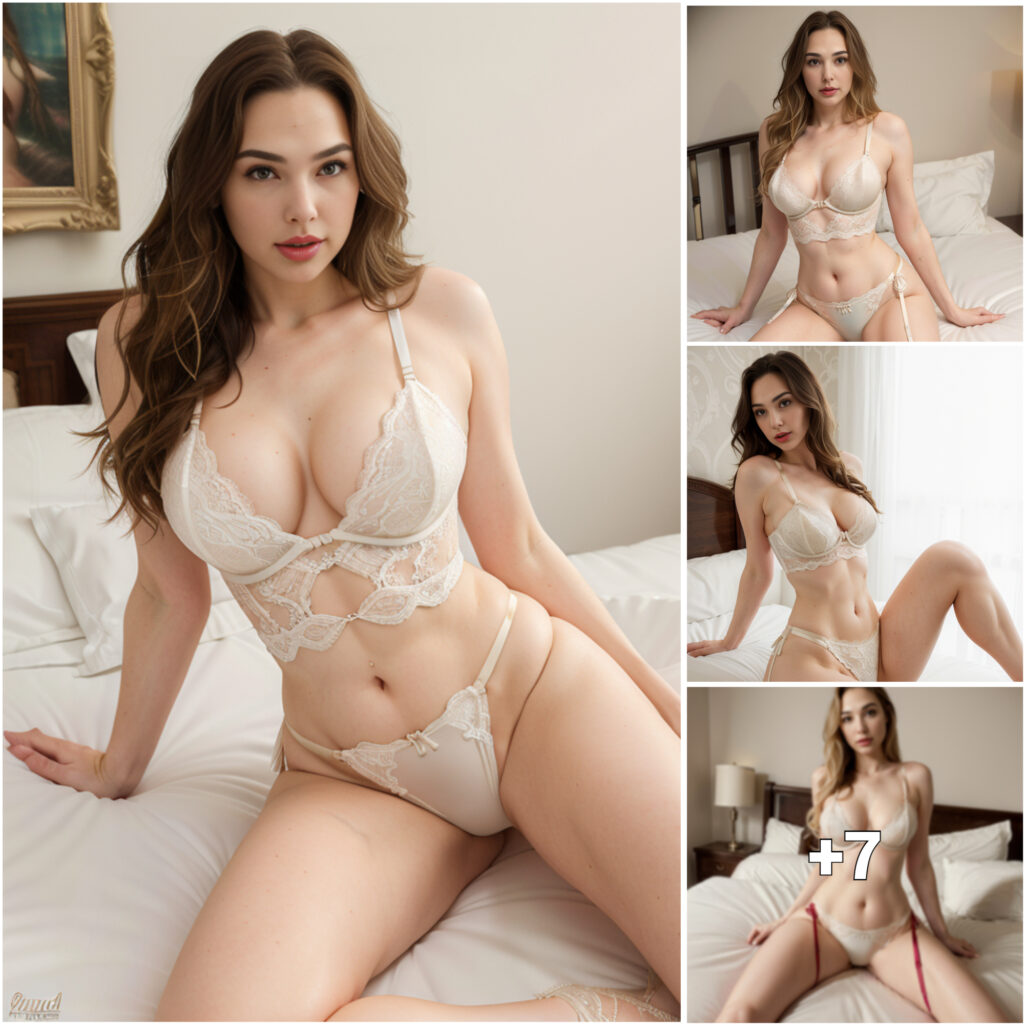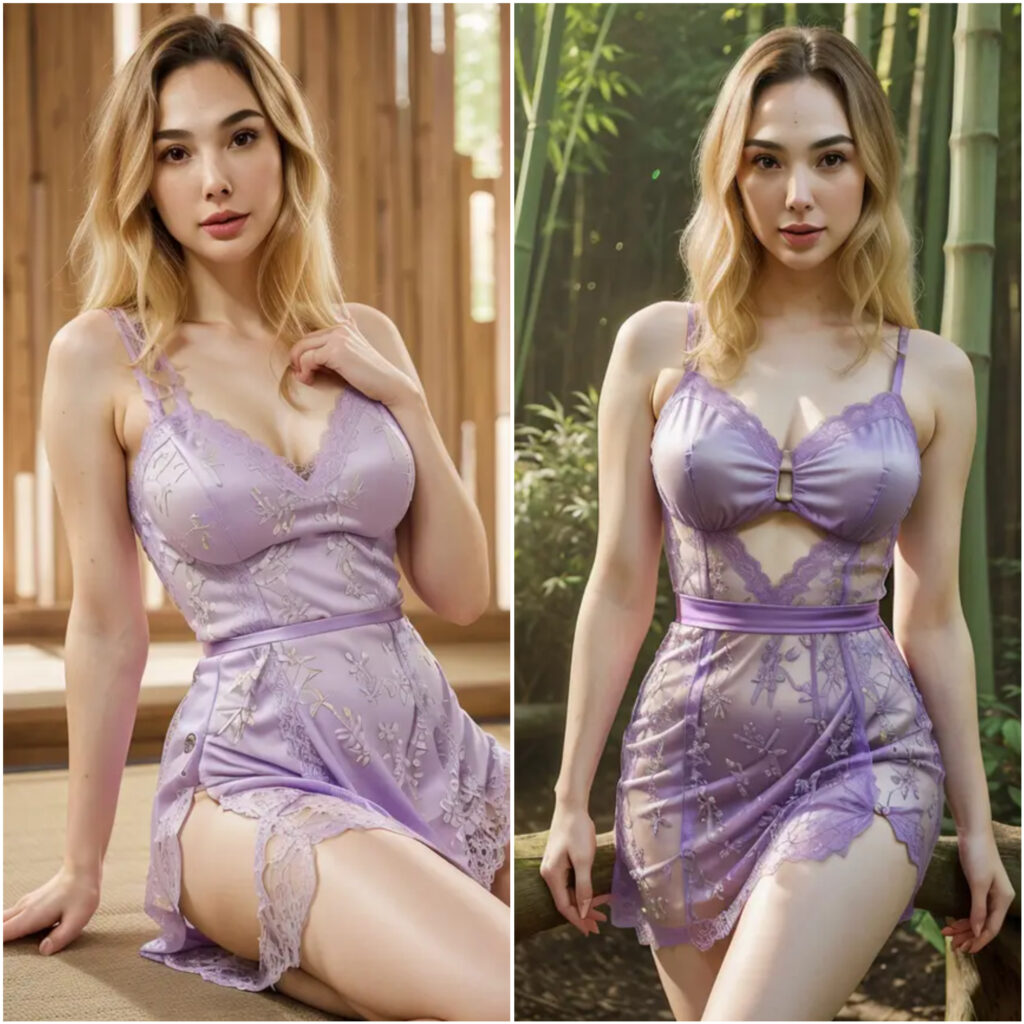Beauty is a complex concept that varies from person to person, and it has been a topic of interest in scientific research for a long time. A recent study suggesting that Angelina Jolie does not fit the scientific standards for beauty has sparked curiosity about how beauty is measured using scientific methods. These results go against conventional ideas and encourage us to think about the impact of science on defining what is considered attractive.
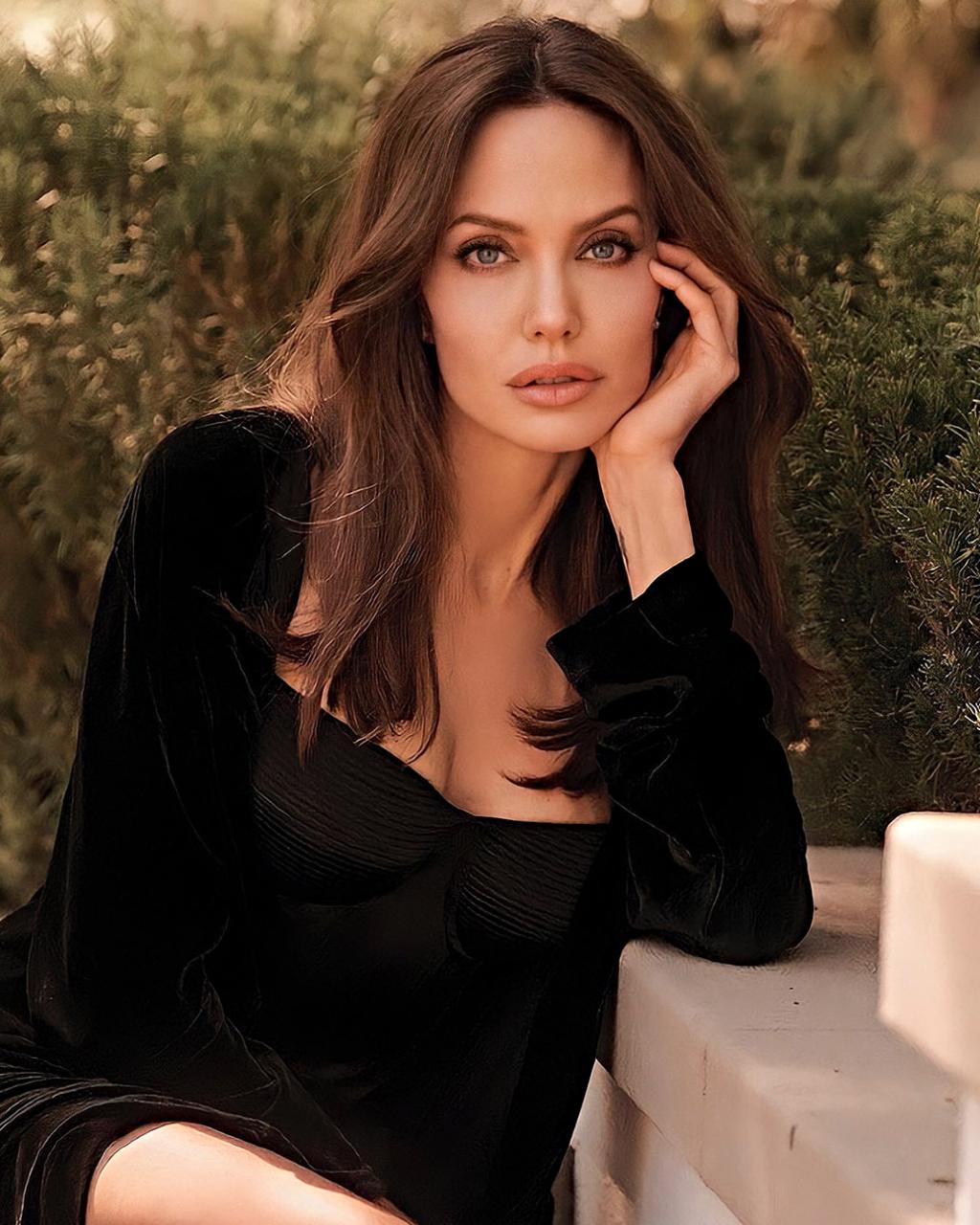
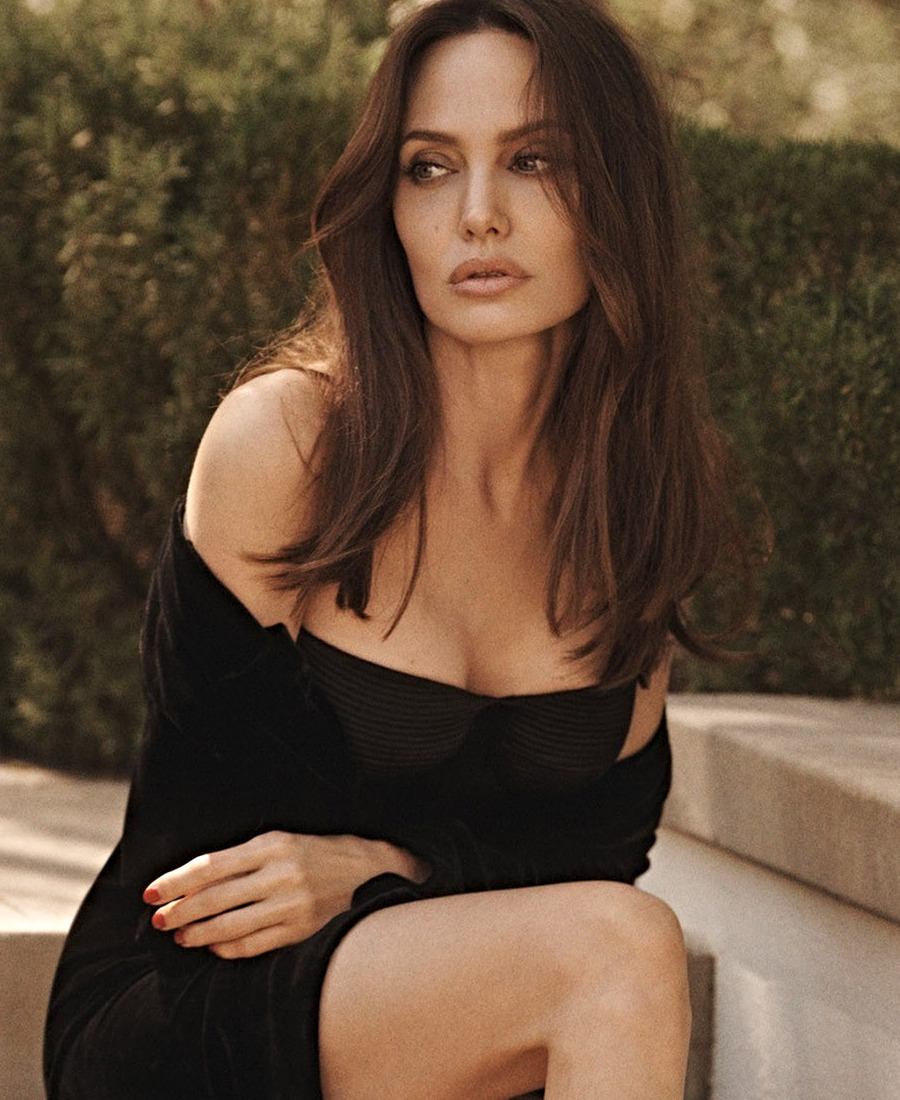
In a society where beauty ideals can be seen as flexible and constantly changing, a recent study that delves into Angelina Jolie’s deviation from traditional beauty norms has sparked interest and doubt. While scientists have tried to define attractiveness using factors like facial symmetry and proportions, the findings of this study have led to a fresh evaluation of the fundamental principles of beauty research.

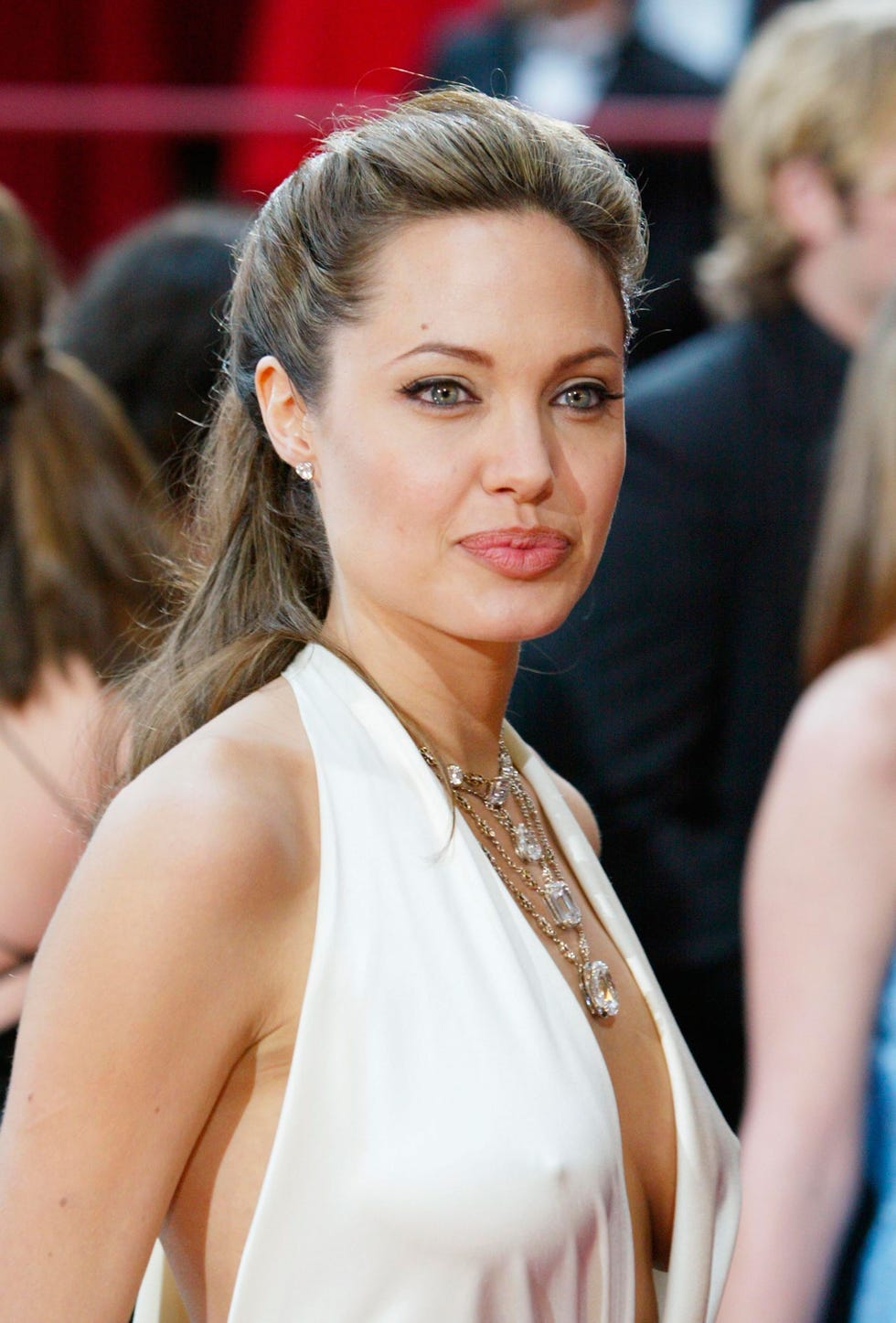
Angelina Jolie, known for her stunning beauty, has long been seen as a symbol of grace and charm. But recent research indicates that her looks don’t fit the standard criteria typically used to define beauty scientifically. This discovery calls into question the idea that beauty can be easily quantified, and prompts us to think about the ways in which traditional scientific methods may fall short in capturing the true magic of allure.
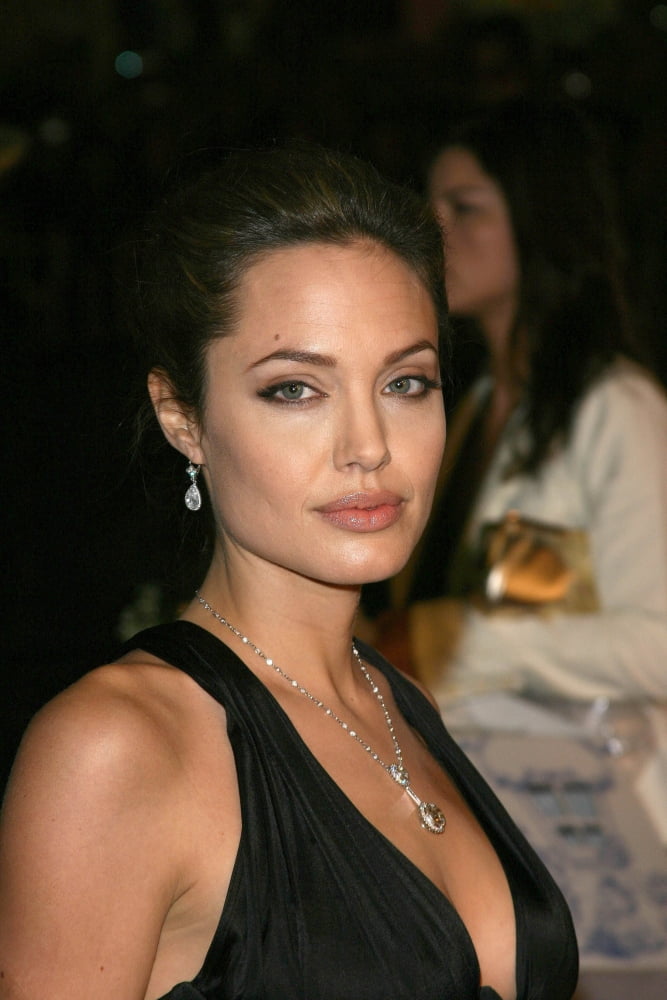
The results of the study have sparked conversations about the subjective nature of beauty definitions and the challenges of trying to categorize a range of individuals into a universal standard. Some argue that simplifying beauty to measurable criteria ignores personal tastes, cultural factors, and changing societal ideals. The impact goes beyond just Angelina Jolie, raising doubts about the relevance of beauty research more broadly. With beauty standards differing across cultures and time periods, the study makes us consider if a uniform definition of beauty can truly encompass the wide array of human aesthetics and variations.

The study that questioned Angelina Jolie’s iconic beauty status has sparked a conversation about the limitations of using scientific standards to define beauty. It has highlighted the importance of having a more inclusive definition of glamour that acknowledges individuality and acknowledges that beauty standards are constantly evolving. In essence, the research that challenged the idea of Angelina Jolie meeting scientific beauty standards has led to a deeper exploration of the relationship between beauty and science. As we navigate the complex world of attractiveness, this study urges us to consider whether a strict scientific approach can truly capture the essence of glamour, or if the ever-changing nature of beauty cannot be neatly categorized. Ultimately, the ongoing conversation generated by this study encourages us to embrace the diverse and complex nature of beauty, celebrating individuality in a world full of unique beauty.

